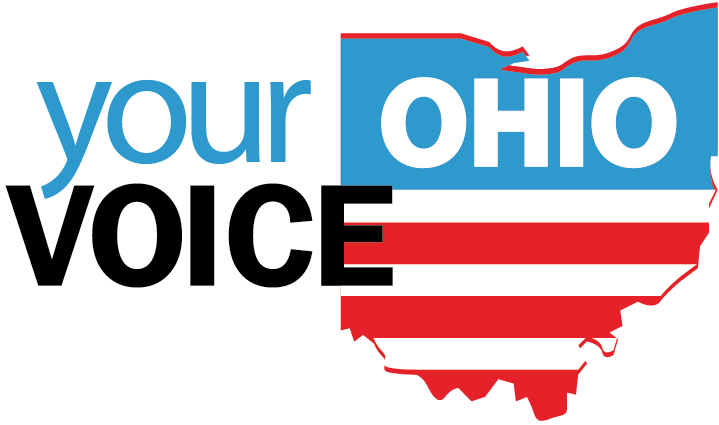The local news industry has experienced dramatic shifts in the past decade and a half. The need to survive these shifts is driving unprecedented corporate moves, characterized by large-scale regional consolidation within media markets and new collaborations among traditional rivals. While there are no easy fixes for the current journalism crisis, for-profit and nonprofit ventures, as well as legacy and digital news organizations, are beginning to experiment with alternative ownership structures, hoping to separate news production from commercial pressures, and developing potentially viable economic journalistic models. We previously took an initial dive into non-profit cooperative and community funding models in journalism; this week, we are exploring the differences between regional consolidation and newsroom collaboration and the potential effects of each.
Regional Consolidation
As an increasing amount of local news organizations struggle to grow digital businesses and replace declines in print ads and circulation, newspaper consolidation has picked up. “Perhaps in no state has the move toward regional consolidation been more feverish than in Ohio,” wrote authors of the UNC Media Deserts report. In 2015, GateHouse, which owned a handful of papers in the towns in the northeastern part of Ohio, purchased 20 papers – including the Columbus Dispatch, with a circulation of 124,000 – from the family-owned and -operated Dix Communications. In 2018, it added to its collection of 50 papers in central and northeastern Ohio by purchasing the Akron Beacon Journal. “The Akron Beacon Journal is a great addition to our large Ohio footprint of properties,” said CEO Michael Reed.
According to a report published by Policy Matters Ohio, “Ohio’s newspaper feeding frenzy shows no signs of stopping.” In February 2019, Cox Enterprises, which has owned the Dayton Daily News since 1898, agreed to form a new privately held company with private equity company Apollo Global Management LLC, to operate Cox’s broadcast television stations, including the Dayton Daily News, WHIO-TV and its other Ohio-based radio and newspaper brands.
Keeping their course, earlier this year in August 2019, GateHouse announced they would be merging with Gannett Co. in an effort to combat declining circulation and plunging advertising revenue. The $1.4 billion purchase will create an “unprecedented newspaper conglomerate” that will own more than 250 daily newspapers across the country, making GateHouse Media the largest newspaper publisher in the country. In Ohio, the merger unites the majority of the state’s local newspapers all under one roof.
Some experts are saying, that despite this effort, hundreds of already cash-strapped local papers around the country will still face pressure to cut costs, leaving a doubtful future for the company’s long term survival. In a press release Michael Copps, former FCC Commissioner, warns “hundreds of communities and ultimately our democracy will pay the price for this deal. Less journalism and less deep-dive investigative reporting will only lead to less informed citizens.”
Collaborative media
But not everything is doom and gloom. Recent advances in technology have also enabled journalism to flourish in remarkable ways, leading to groundbreaking and award-winning collaborations around the world as well as right here in Ohio!
So, what is the difference between collaboration & consolidation? “Collaboration and consolidation are very different animals,” wrote Josh Stearns in an article for MediaShift. Like with Gannet and Gatehouse, consolidation typically results in one media organization co-opting the other. Collaboration, on the other hand, is a partnership among separate and independent entities that work together to produce more and better journalism. Studies have shown that various independent newsrooms decrease the concentration of power, increase the number of diverse voices in the public sphere, and best act in the public’s interest, while consolidation inhibits competition and harms diversity. As Vivian Schiller, then CEO of NPR, argued in her testimony to the Federal Trade Commision in 2009, “what we need are deep partnerships — not mergers. There must be independent newsrooms.”
Globally, as models shift and resources become more limited, more legacy journalists and organizations are choosing to band together for the betterment of their newsrooms, products, and audiences. As observed in a 2014 report by the Pew Research Center a “recurring theme in the Pew Research Center’s journalism research over the last two years has been that of newsroom collaborations.” Again and again, they “encountered news providers teaming up in new ways. Legacy media outlets are looking more than ever for ways to augment what they can produce with a depleted staff, and news startups are eager to place their work before a wider audience and figure out roads to sustainability”. Given these shifts, we’re seeing a future of journalism that will consist of a network of collaborative journalism efforts contributing to the strengthening of communities and their media ecosystems.




